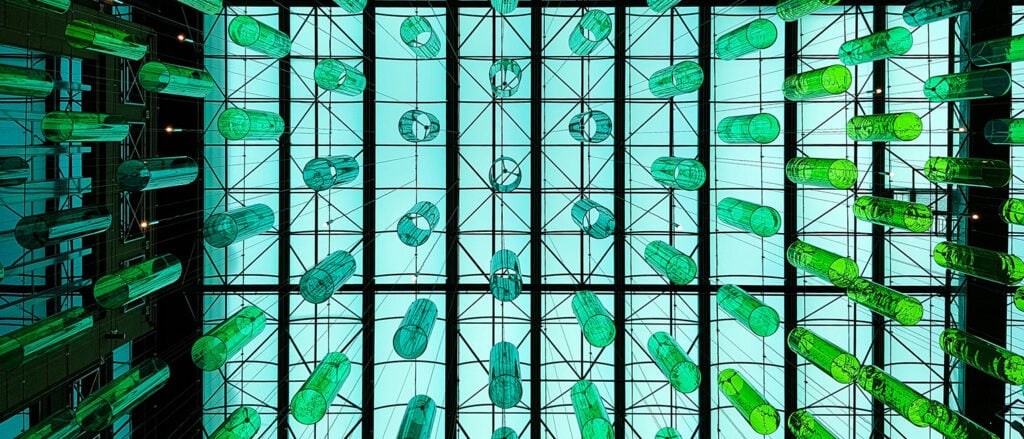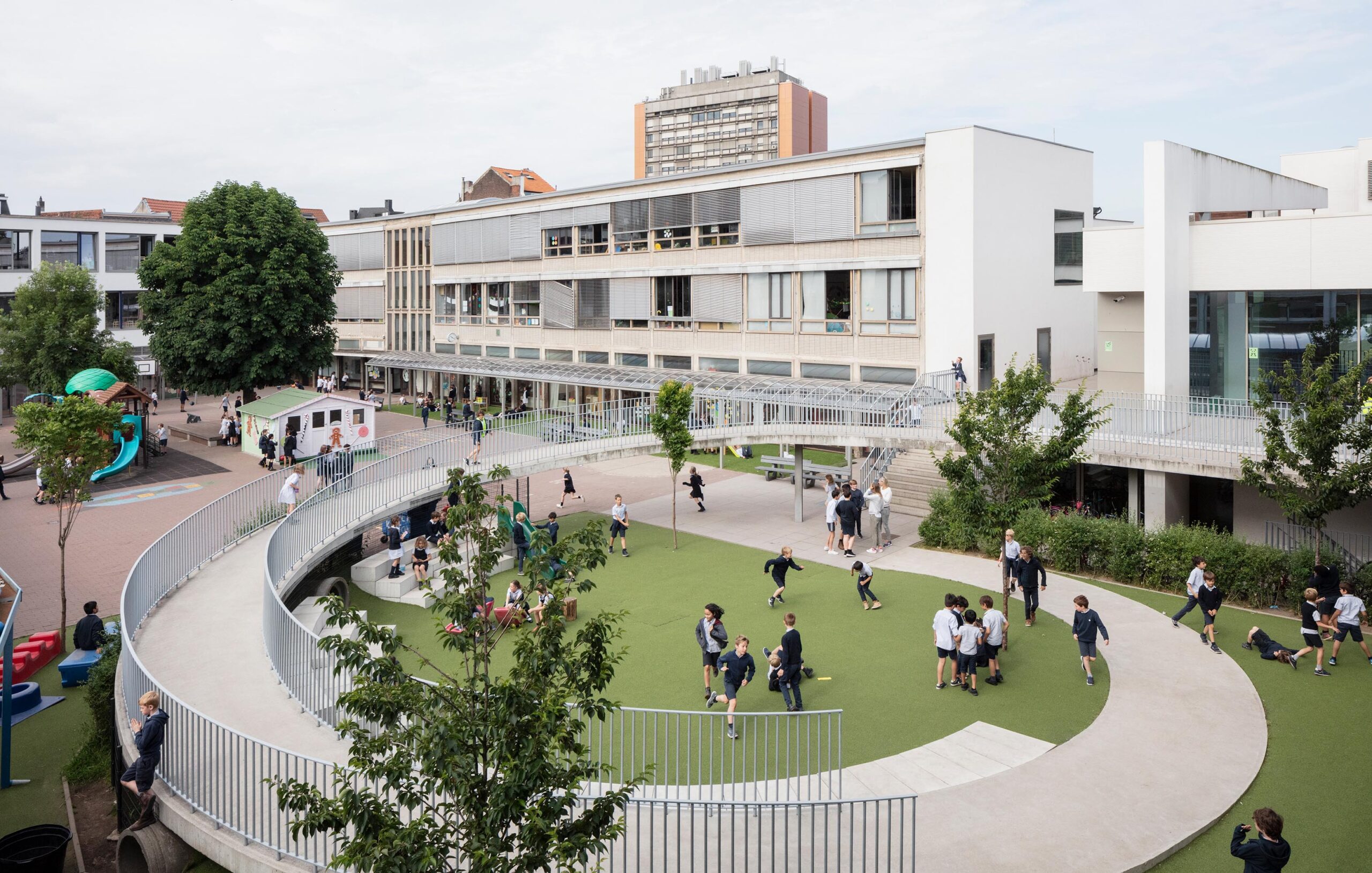
July 11, 2023
Behind the Great Public Architecture Boom of Belgium
“It’s boom is even more surprising as it apparently came out of nowhere.”
Even considered generously, there was hardly any building culture in Belgium until well into the 1980s. The country’s most important architects were loners: Victor Horta, Henry van de Velde, Hans van der Laan, Juliaan Lampens, Lucien Kroll, Luc Deleu. There was never enough common ground between them to be considered a “generation.” In his polite book New Architecture in Europe from 1961, U.S. art historian Kidder Smith noted: “Of all European countries, Belgium is least excused for not contributing more to contemporary architecture. Having a thoroughly literate and capable population and an extremely high living standard, the mediocrity of its architecture can only be explained by the indifference of its officials, the inadequacy of its educational system and a flabby materialism.” In a much-quoted article from 1968, the Belgian urban planner Renaat Braem, full of anger and clearly referring to an obvious lack of urban planning, called his homeland the “ugliest country in the world.”
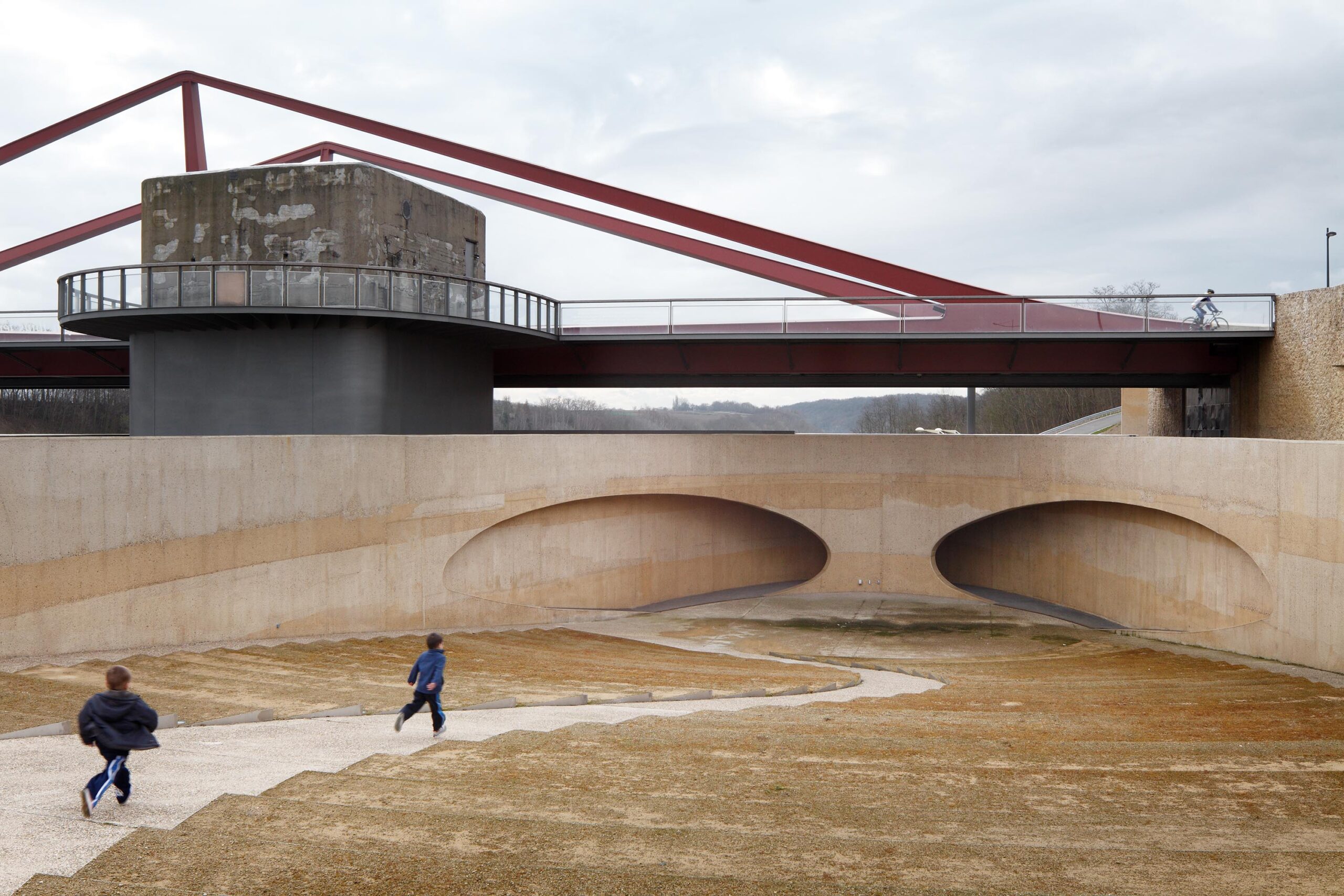
The Woman Behind the Dawn of Flemish Architecture
The end of this epoch of ugliness, indifference, and flabby materialism crept in slowly with a number of developments, like the rise of “Super-Dutch” in the neighboring Netherlands and an economic upheaval in the region of Flanders. Yet to a certain extent, one could argue that the new dawn of Flemish architecture also was the work of one woman: Wivina Demeester. According to an often-told legend, it happened in 1998 in the Northern Quarter, an administrative district in Brussels most notorious for its horribly thoughtless office buildings. Being finance minister at that time, Demeester had to inaugurate two new office buildings built for the governments’ administration. Demeester, so the legend, was so shocked by the lack of any quality, that she decided to take immediate action. Only one year later, on Demeester’s decisive initiative, the government created the position of “Vlaams Bouwmeester” (Flemish Government Architect), who is, as a politically independent consultant with a small team and budget, responsible for supervising and improving the quality of all public architecture. As first “Bouwmeester,” Belgian architect and professor Bob Van Reeth was chosen, a very diplomatic, cooperative, highly respected and well connected figure in the Flemish architecture scene. It was a splendid choice, as he invented a number of tools for the delicate task. Of these tools, the “Open Oproep” (Open Call) quickly proofed to be the most successful.
The “Open Oproep“ is a special version of an architecture competition. It is no additional duty for the various governments authorities, but an offer based on voluntariness: Any department or municipality with a building project can seek advice from the Team Vlaams Bouwmeester. The team then helps with an analysis of the defined task, mainly by asking questions, as Bob Van Reeth once stated. All decisions remain with the respective department, the Bouwmeester remains in a purely advisory role. In fact, representatives of the authorities have repeatedly made positive comments about the process, that they were surprised at how many questions were asked about a construction task they thought they had already sufficiently defined—and how these questions helped to redefine and improve their project, discovering additional potentials and possibilities they had never even dared dreaming of.
A Concept for a Shared, Open-Minded Building Process
Twice a year, the Bouwmeester publicly announces all these public projects, ranging from museum and office buildings to hospitals, social housing, care homes, sport facilities, parks, bridges or even crematoria and cemeteries. Instead of drawing up a design immediately, architects can apply simply with a letter of intent and samples of their work. Then the Bouwmeester selects 10 offices in sort of a curatorial process, trying to find a well-balanced mix of larger and smaller firms, newcomers and well established offices, local and international. This shortlist is then discussed with the authority, who selects three to seven offices for their task. All participants are now paid for their expanses, and invited to meet with the client and the Team Bouwmeester on site to discuss the task and develop a design strategy afterwards. This all happens in public and with the architects also getting to know the client and the other architects, meetings, from which many cooperations have spawned. From the beginning to the end, the Open Oproep is a transparent, un-anonymous and collaborative process, radically different to any other international architecture competition, bringing back the idea of building as a shared creative process instead of a bureaucratic delegation of specified tasks.
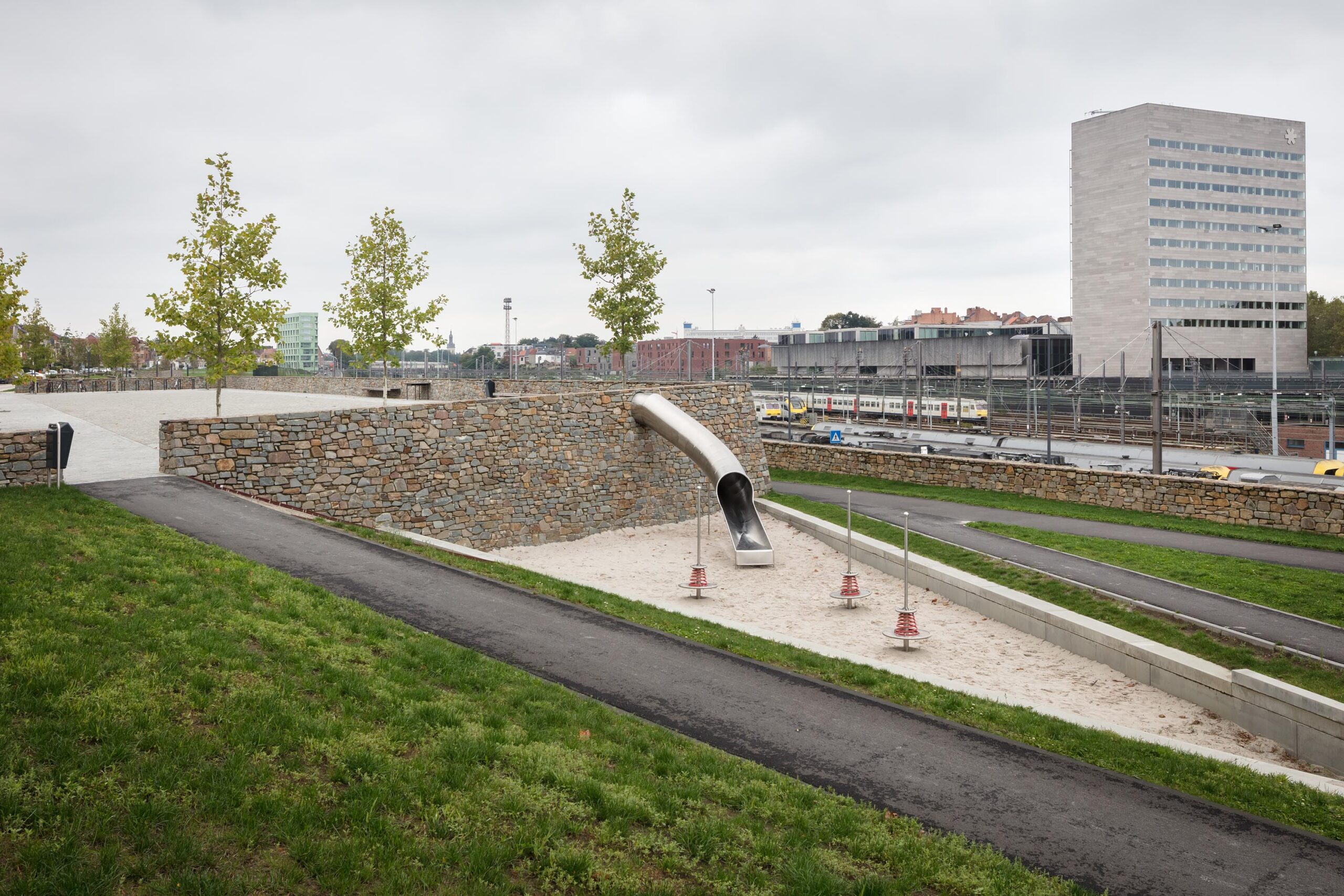
The results of this process are incredibly rich of proof that something like the Open Oproep should be installed in many other countries, too. To this day, more than 800 Open Oproeps have been initiated, of which over 350 buildings have been completed. In a park in Antwerp, a small, round pavilion accommodates the rare combination of being one half kindergarten, one half maintenance depot for the municipal greenkeepers. Originally, the two were meant to be separate buildings, but the lively discussions during the Open Oproep procedure helped the municipality realize they could also be combined – for the profit of all. Through one giant panoramic window, the kids can now watch a daily live show of pick-up trucks and lawnmowers being moved by the park-keepers, the kindergartens’ floor is raised for their better view. One the other side of the window, the park-keepers like their daily routines even more when being watched by such an enthusiastic audience. Plus: daycare staff and park-keepers share the dining room and rest area, so both could be laid out more generous than if being built for only one of them. Finally, the community saved money from building one facility instead of two.
From Down-to-Earth Projects to Architectural Icons
Among the 350 completed projects, there is a number of buildings that have profited from the rich and open discussions in a similar way and, in the end, to the profit of everyone, including most of all the general public. More than producing breathtaking icons here and there, the Open Oproep has helped to improve many quiet corners of Flemish towns with carefully designed, modest background buildings to improve the public infrastructure as such: schools and kindergartens, care homes, theaters, public squares, social housing projects—the tasks of a public architecture for the general good are wide spanned. And, by the way, the occasional municipal icons were produced, too. Xaveer De Geyter Architects, for instance, erected a huge humorous twisting tower as headquarter for Antwerps province administration rising from the edge of a park. Coussée & Goris architects teamed up with Spanish Pritzker Prize winners RCR Arquitectos to design a spectacular dark steel nest for Ghent’s new public library. And the late Zaha Hadid crowned a historic building in Antwerps harbor with her typically shiny look-what-glass-and-steel-can-do architecture, hovering dramatically over the old building. Most of these icons sparked intense public debates, both about the buildings and about the Open Oproep procedure. But in the end, if you put them in context with the majority of down-to-earth projects, the icons only give one more proof for the Open Oproep as an open-minded procedure. There is no central hierarchy, the decisions remain with the plurality of authorities: If one of them decides they want an icon, they build one. Bob Van Reeth also was very specific about defining the Bouwmeesters role: Every five years, a new Bouwmeester is appointed to prevent any too personal interpretation of this position. Meanwhile, five very different Flemish architects were in this position. None of them has changed the Open Oproep procedure. This is maybe the best compliment such a newly invented procedure can get. Apparently, everyone is very convinced of the good the Open Oproep brought forward.
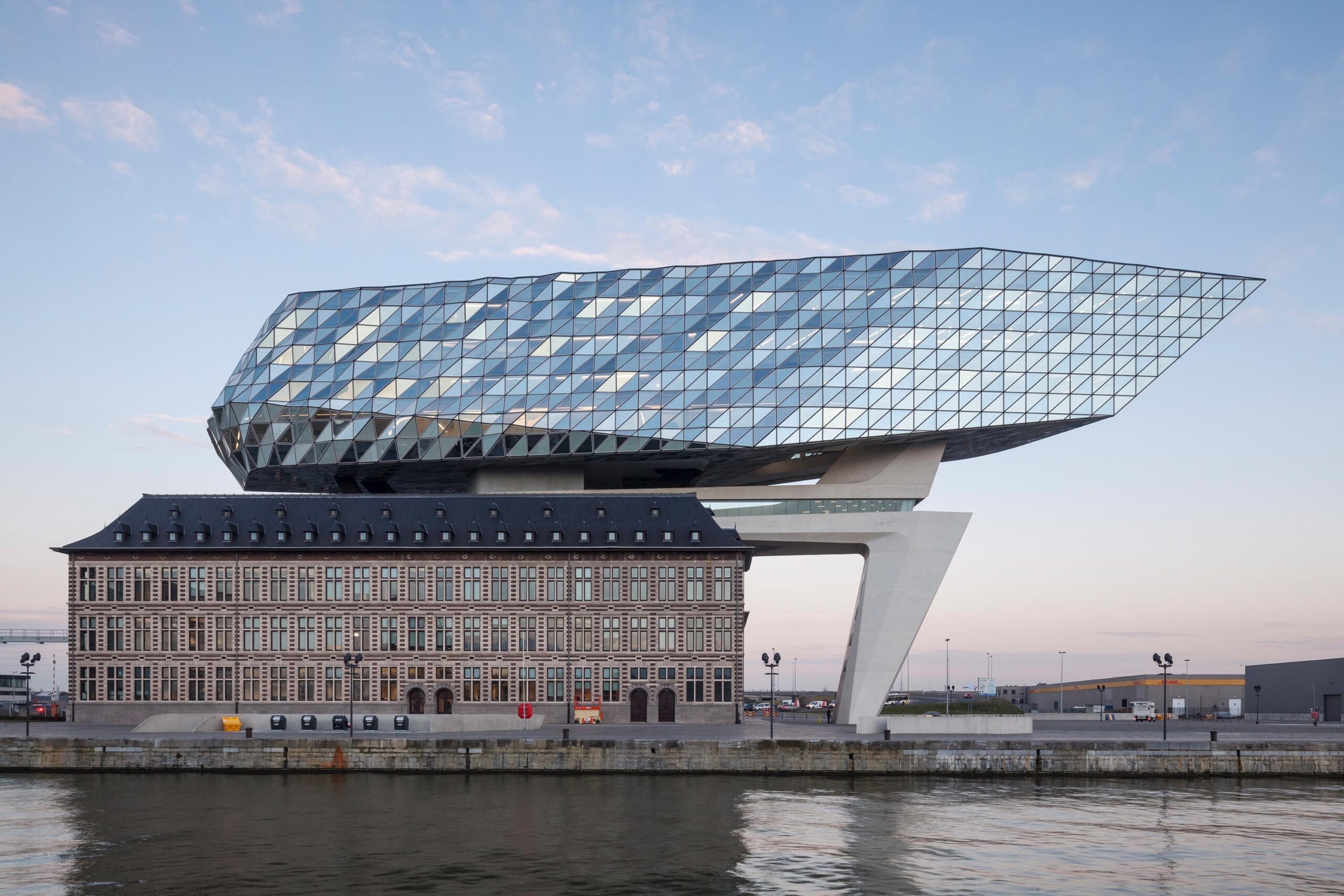
Lastly, of course, the Flemish architects have also profited from the procedure. Not only because the international heavyweights like Zaha Hadid, Eduardo Souto de Moura, or RCR came to Flanders and cooperated with local architects, but more so because of the many young and talented architects who got their first public commissions this way—or their first commission at all, leading to the set-up of yet another of the many young, small, successful firms who all contributed to this spectacular rise of Flemish architecture. And will, most likely, continue to produce great public architecture in the Flemish future, too.
Would you like to comment on this article? Send your thoughts to: [email protected]
Related
Viewpoints
ThinkLab Shares Insights on the Dynamics of Sustainability in Decision-Making
ThinkLab helps us understand how the realities of product selection can maximize designers’ influence and impact.
Viewpoints
A New Film Calls Designers to Mimic Nature
Biocentrics, a new documentary by directors Ataliba Benaim and Fernanda Heinz Figueiredo, challenges designers to go back to the basic innovations of the natural world.
Viewpoints
How Firms Are Putting Sustainability Into Practice
New ThinkLab research reveals the path to a more sustainable future is not just possible but is already under way—one space at a time.



